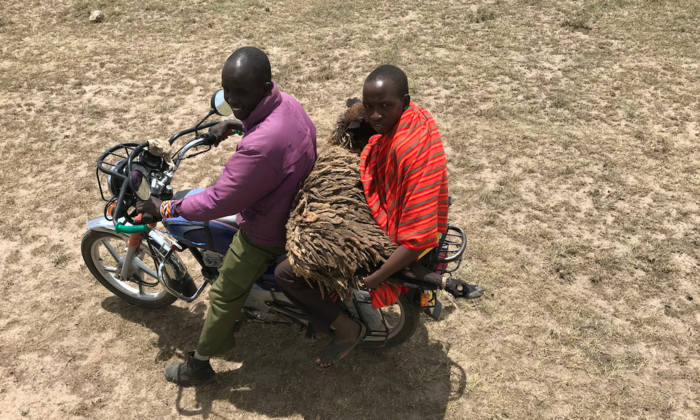The cultural imprint of sheep and goats in Maasai Mara

Land privatization and rapid land-use transformation are rapidly reducing the pristine eco-cultural habitat across vast areas of the Greater Mara. To avert what could become a classic tragedy of the commons, comprehensive solutions are needed. To date the conservancy model has provided a viable solution for securing long-term sustainable integration of cattle management alongside wildlife conservation. But new groundbreaking research shows that cattle numbers are stagnating and that flocks of sheep/goats (shoats) are expanding on an unprecedented scale.
In this project, we investigate the risks posed by increased numbers of shoats. We argue that shoats have not been adequately recognized, since sheep and goat management bypasses the traditional approaches to thinking and governing land in the Greater Mara. Sheep and goat ownership therefore has the potential to develop disproportionately if they are not immediately integrated into conservancy management policies. This constitutes a major ecological and cultural challenge, and we will explore how current conservancy policies can increasingly recognize and integrate sheep and goat ownership while continuously relying on community embeddedness.
Associate Professor Mette Løvschal
Professor Dorthe Døjbak Håkonsson
PhD, Executive Director Irene Amoke
Løvschal, M., Håkonsson, D.D. & Amoke, I. 2018. Are goats the new elephants in the room? Changing land-use strategies in Greater Mara, Kenya. Land Use Policy. DOI:10.1016/j.landusepol.2018.04.029
